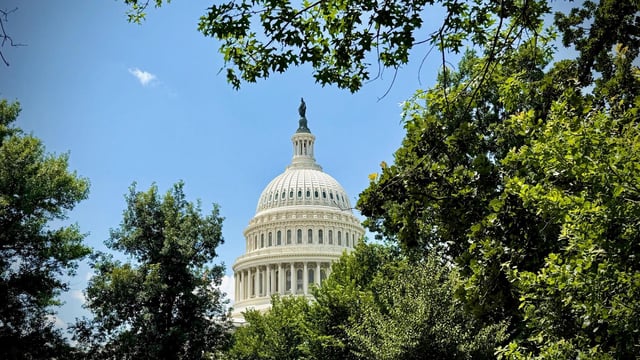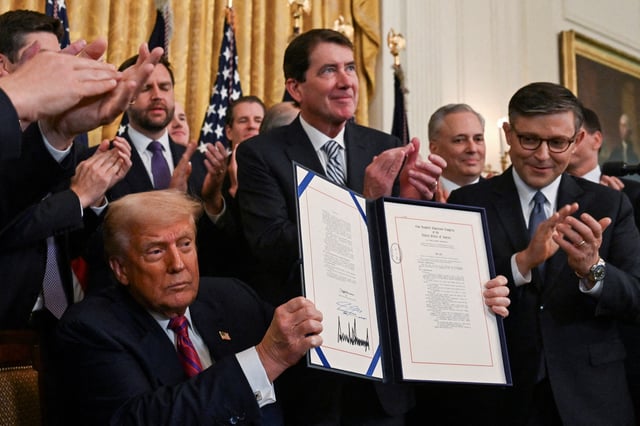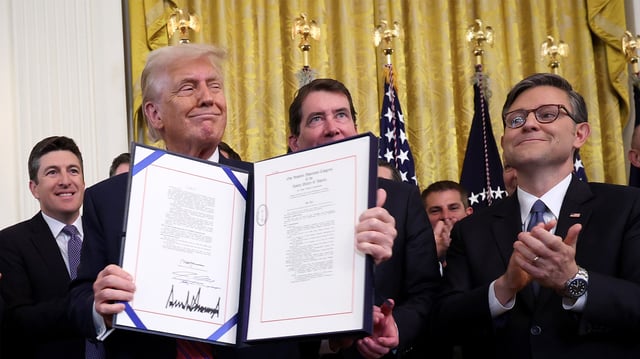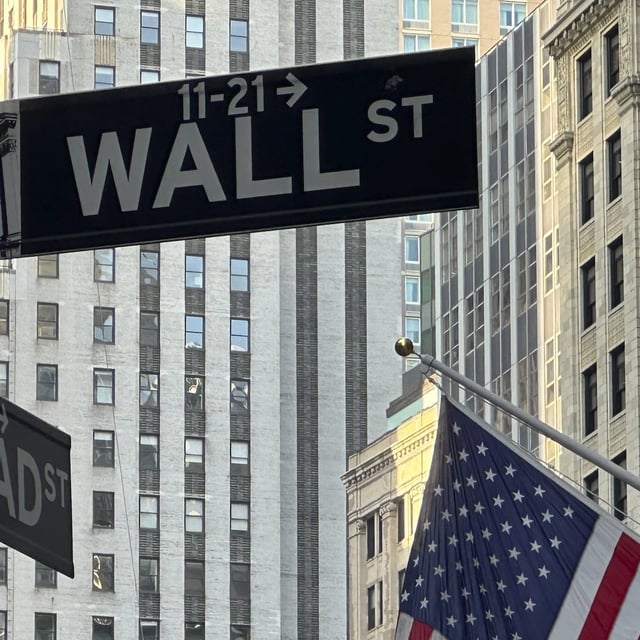Overview
- Federal authorities have entered the GENIUS Act’s implementation phase, tasking the OCC and Treasury with drafting technical rules and phased timelines before stablecoin issuance under the new framework can go live.
- Major financial and technology firms—ranging from Circle and Paxos to Bank of America and Walmart—have applied for federal charters or announced plans to launch dollar-backed stablecoins, even as compliance and operational hurdles persist.
- Leading banking trade associations, including the American Bankers Association and Bank Policy Institute, have petitioned Congress to extend the no-yield prohibition to exchanges and affiliates, warning of up to $6.6 trillion in potential deposit outflows.
- Analysts caution that the requirement to hold one-to-one reserves in high-quality liquid assets like short-term U.S. Treasuries could strain Treasury-market liquidity and amplify systemic risks if large issuers face rapid redemptions.
- Consumer advocates and privacy experts raise concerns that mandatory Bank Secrecy Act compliance, transaction-blocking powers and lack of FDIC-style insurance under the law could heighten financial surveillance and leave holders exposed.



